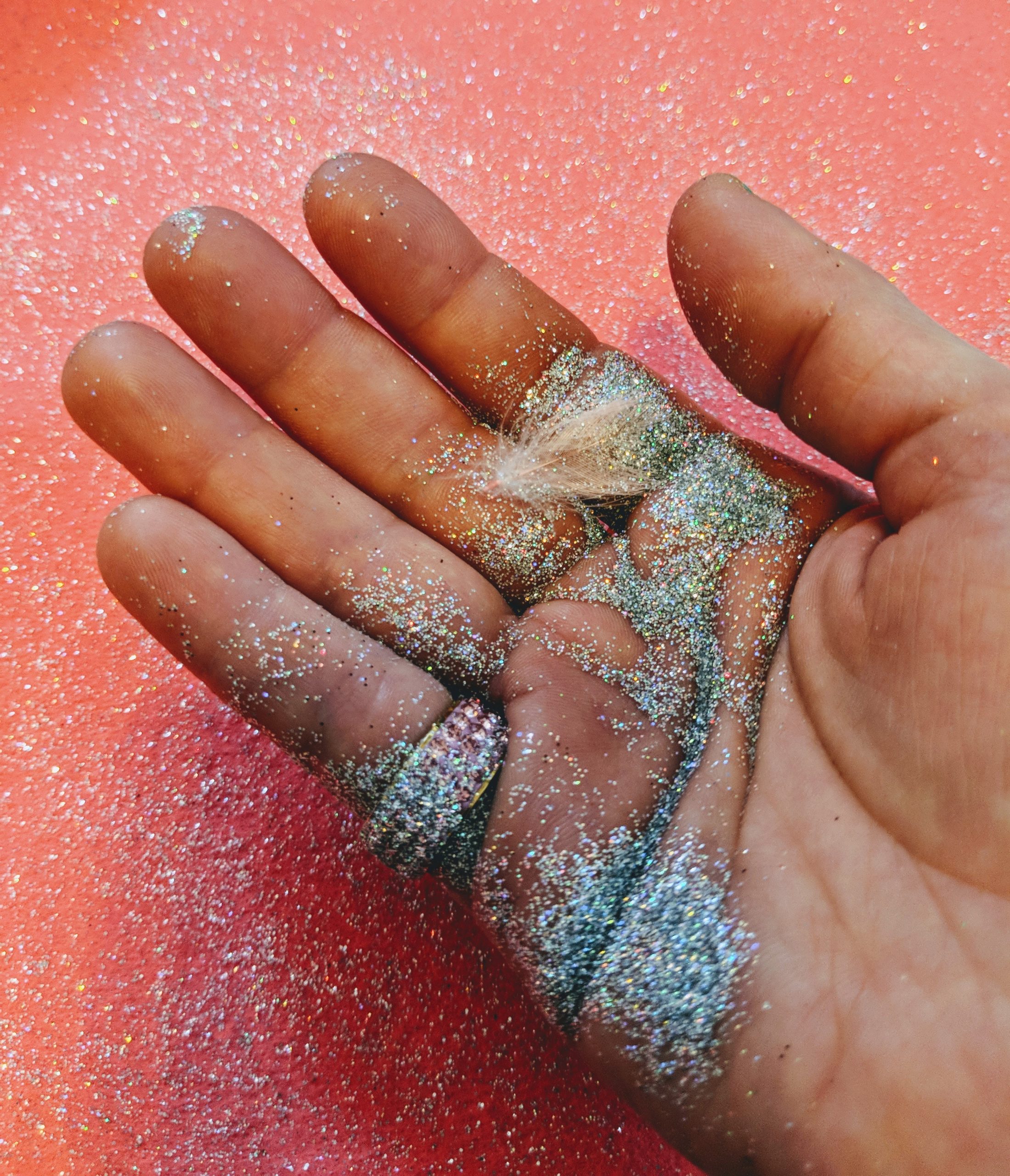As cultural awareness about climate change and plastic pollution in our ecosystems grow, more and more people feel compelled to change their lifestyles to reflect their ecological values. Small changes in the products we buy, the ways we use items, and how we procure them begin to make subtle changes toward a more environmentally conscious society. But where do we start? There’s so many aspects of our everyday lives that demand attention. The best advice is to pick one area of your lifestyle to examine in-depth and adjust to be more ecological. Baby steps. To help along that road, we’ve put together some suggestions for a more ecological birthday celebration. A lot of these tips come back to the three main tenets of environmentalism – Reduce, Reuse, Recycle.
 Photo by Amber Lamoreaux from Pexels
Photo by Amber Lamoreaux from Pexels
REDUCE
Step one protecting our planet is reducing our consumption. For any birthday celebration, whether it’s your birthday or you’re in attendance, think first about what is most necessary. Does the party really need those balloons (generally made of nonbiodegradable latex or mylar)? Is confetti really going to take this party to a 10? Probably not. Chances are what’s going to make this so enjoyable is spending time together!
- If you are the gifter consider presenting a digital gift certificate. These require no printing or wrapping whatsoever! A birthday person gets what they really want and there’s no muss or fuss.
- If you are the one receiving gifts, request that donations be given in your name to a charity of your choice.
- Use up what you’ve got first. If you are planning to switch to a more eco-friendly gift wrap, be sure to use up what you have first or find an alternate use. Maybe line your drawers with beautiful wrapping paper instead of purchasing new liners or learn origami!
- Skip the glitter. I know we love it but it’s terrible for the planet. Maybe try eco glitter instead? These plant-based glitters are softer than plastic-based or PET glitter. They’ll biodegrade with heat, moisture, oxygen, and microorganisms to help. This glitter can be used in crafts, on skin, and in make-up!
- https://ecostardust.com/pages/about-biodegradable-glitter Eco Stardust Pure line (NOT their Shine line) is 100% plastic free. The company also provides Non-Bioglitter Amnesty. Send them your loose plastic glitter for a discount and EcoStardust will make sure they stay out of the ecosystem and are reused in responsible projects.
- https://glitterevolution.com/ Glitter Revolution is made entirely of plant cellulose, is lip safe, and even better PLANET safe. It’s even compostable!
 Photo by Lena Khrupina from Pexels
Photo by Lena Khrupina from Pexels
REUSE
Step two is to find new uses for things we use all the time. Whether it’s wrapping a gift or decorating for a party, there’s plenty of ways to make the old new again.
- When it comes to reusing items for wrapping gifts, there is no limit to your creativity…
- Fabric ribbons
- If you have a stash of polypropylene bows left over from holidays, save them and add a bit of double-sided tape to the bottom to use again.
- Newspaper
- Scarves, especially vintage scarves, make wonderful wrap.
- Fabric scraps
- TOTES. You have a million, I have a million. How did we get all these totes? Let’s start spreading them around.
- Muslin dish towels
- Old Maps. Look, we’re all using our phones now. We can probably find a new use for that atlas.
- Brown paper bags. When you grocery shop, ask for paper instead of plastic (it’s better for the environment anyway) and then use those bags to wrap gifts and decorate!
- Tins. That Royal Dansk cookie tin could be your new sewing basket, it could also be a great way to package up a present.
- Glass jars
- Get crafting! Use brown paper bags, twine, ribbon, and dried flowers, to make party decorations or hats. These items can be stored and reused for another party at a later date! This goes for gifts as well. Handmade items make wonderful presents and mean all the more because you spent the time to create it.
- People have opinions when it comes to regifting items but maybe that book just didn’t do it for you and you just know your bestie would love it.
 Photo by Suzy Hazelwood from Pexels
Photo by Suzy Hazelwood from Pexels
RECYCLE
There’s a reason ‘recycle’ is the last of the three environmental tenets because it’s meant to be a last resort! If you are in a situation where you absolutely cannot do without it or find an ecological substitute then make sure that the item you use can be sustainably recycled.
- Not all wrapping paper is created equal! In fact, most commercial wrapping paper has plastics or even metals in them that make them unable to be recycled. Check that your wrapping paper is recyclable before you purchase.
- Did you know tissue paper is recyclable?
- Certain materials like craft paper, twine, and beeswax (for sealing envelopes) are biodegradable. If they do end up in the trash, they’ll break down and won’t pollute the ecosystem.
The Geek Girl Pen Pals are pretty big fans of planet earth and hope to do all we can to protect it. Here’s to the IGGPPC’s 7th birthday and to many more to come!



Leave A Comment
You must be logged in to post a comment.